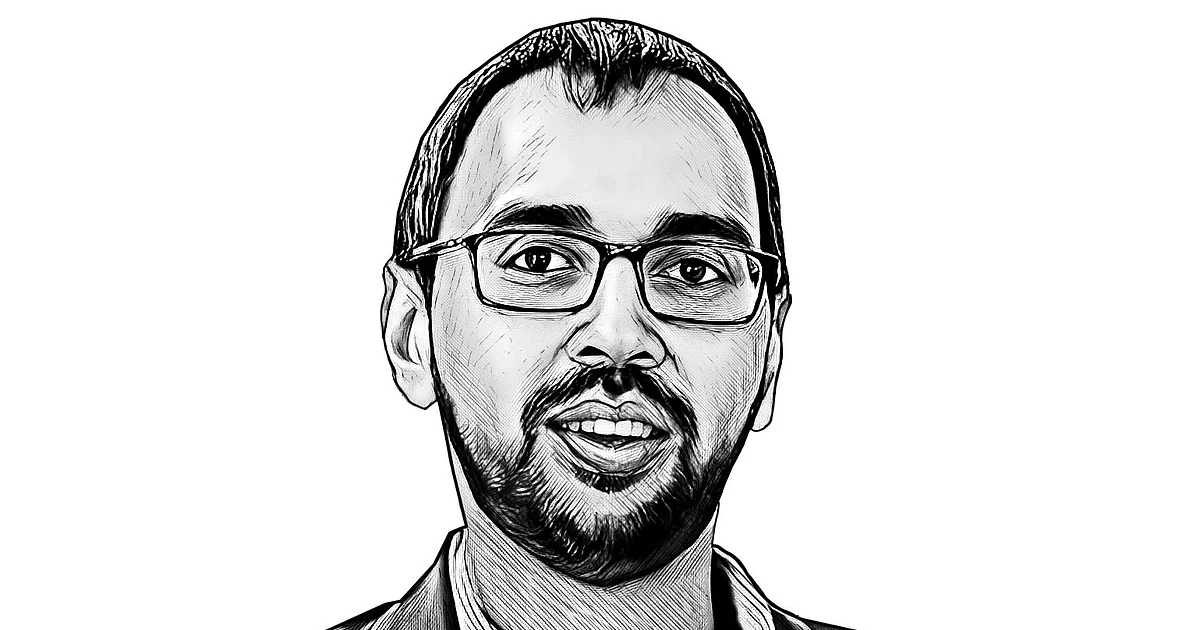Business
Investors Urged to Embrace Global Diversification Amid Rupee Decline

The Indian rupee has faced renewed scrutiny following its decline to 88.14 against the US dollar on September 4, 2025. This drop came after a brief recovery to 88.02, marking a significant challenge as the currency approaches an all-time low. Factors contributing to this depreciation include persistent foreign fund outflows, the announcement of new US tariffs, and limited relief provided by changes in Goods and Services Tax (GST) rates. This situation underscores a broader issue: the risks associated with holding wealth exclusively in rupee-denominated assets.
Investors in India are reminded that currency depreciation can severely impact purchasing power. As the rupee weakens, essential expenses such as healthcare, travel, and education abroad become increasingly costly. The cumulative effect of these price increases chips away at wealth over time, highlighting the importance of diversification across global markets.
Benefits of Global Diversification
To mitigate risks associated with rupee fluctuations, experts advocate for a diversified investment strategy that spans multiple geographies, asset classes, and currencies. Such diversification not only protects against local currency risks but also opens opportunities in innovation-driven sectors that may not yet have reached scalability in India. Areas such as artificial intelligence, electric vehicles, and biotechnology represent growth markets where developed countries are leading.
Investing internationally serves dual purposes: it acts as a defensive hedge against local economic downturns and offers exposure to dynamic growth sectors shaping the global economy. Furthermore, spreading investments across different regions can help smooth returns during downturns specific to India, thereby creating a more resilient investment portfolio.
While recent regulatory changes under the Liberalised Remittance Scheme (LRS) may pose challenges, high-net-worth individuals still have viable pathways to access global assets. Many ultra-high-net-worth individuals and family offices choose to invest through their companies or limited liability partnerships, thereby navigating LRS restrictions effectively.
Exploring New Investment Avenues
With US interest rates currently at multi-year highs, one-year treasury bills yielding approximately 4.5% in USD present an appealing option for investors with surplus liquidity seeking short-term, stable returns. However, fixed income is only one facet of a broader investment landscape. The equity and alternative investment sectors offer extensive opportunities that can enhance portfolio performance.
Notably, many of the world’s leading companies—including Apple, Nvidia, Microsoft, and Google—are not listed on Indian exchanges. Investing in these companies allows investors to tap into scale, innovation, and consistent growth that domestic markets may struggle to provide. An array of international alternative investment products, such as funds targeting absolute returns and strategies like litigation financing or life settlement funds, offers diverse income streams and reduces reliance on traditional equity and interest rate cycles.
These investment avenues come with their own risk-return profiles, yet they highlight the substantial opportunities associated with global diversification.
Long-term family financial needs often require expenditures in foreign currencies, whether for international medical care, education abroad, or estate planning. By allocating a portion of their wealth internationally, families can help preserve purchasing power across generations, protecting against the risks of rupee depreciation over time.
While the Indian market continues to present attractive investment opportunities, it is essential to recognize the inherent volatility and potential regulatory shifts that characterize emerging markets. The prudent approach for investors is not to withdraw from Indian investments but to ensure their portfolios possess a global dimension. This strategy will help withstand economic shocks and capture opportunities as they arise worldwide.
In an era where capital flows seamlessly across borders, the real risk lies in confining wealth to a single currency, underscoring the importance of a diversified investment strategy.
-

 World5 months ago
World5 months agoSBI Announces QIP Floor Price at ₹811.05 Per Share
-

 Lifestyle5 months ago
Lifestyle5 months agoCept Unveils ₹3.1 Crore Urban Mobility Plan for Sustainable Growth
-

 Science4 months ago
Science4 months agoNew Blood Group Discovered in South Indian Woman at Rotary Centre
-

 World5 months ago
World5 months agoTorrential Rains Cause Flash Flooding in New York and New Jersey
-

 Top Stories5 months ago
Top Stories5 months agoKonkani Cultural Organisation to Host Pearl Jubilee in Abu Dhabi
-

 Sports4 months ago
Sports4 months agoBroad Advocates for Bowling Change Ahead of Final Test Against India
-

 Science5 months ago
Science5 months agoNothing Headphone 1 Review: A Bold Contender in Audio Design
-

 Top Stories5 months ago
Top Stories5 months agoAir India Crash Investigation Highlights Boeing Fuel Switch Concerns
-

 Business5 months ago
Business5 months agoIndian Stock Market Rebounds: Sensex and Nifty Rise After Four-Day Decline
-

 Sports4 months ago
Sports4 months agoCristian Totti Retires at 19: Pressure of Fame Takes Toll
-

 Politics5 months ago
Politics5 months agoAbandoned Doberman Finds New Home After Journey to Prague
-

 Top Stories5 months ago
Top Stories5 months agoPatna Bank Manager Abhishek Varun Found Dead in Well









